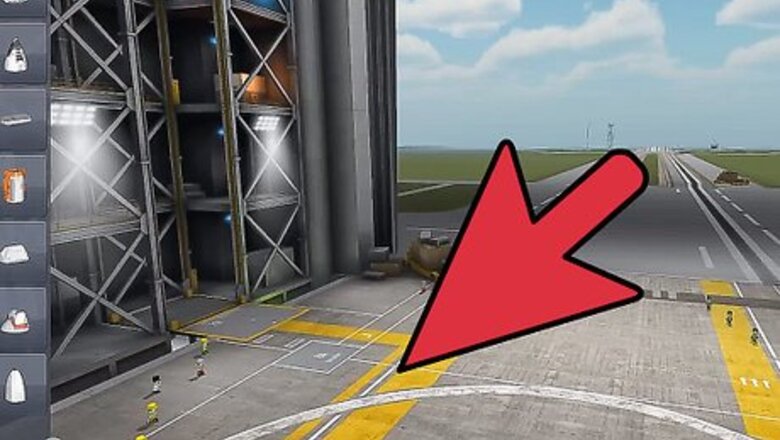
views
Building a Ship
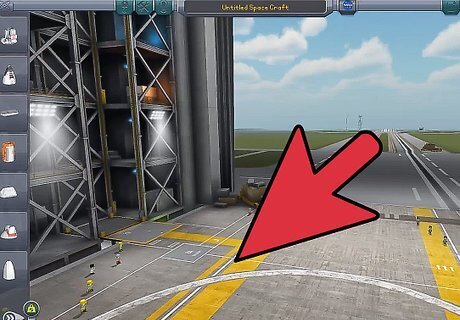
Know what an orbit really is. Getting to space and getting to orbit are two very different things. Getting to space means you simply leave Kerbin's atmosphere by going above 70 kilometers (43 mi). Getting to orbit involves gaining appropriate lateral velocity (speeding up side-ways) while also propelling yourself vertically.
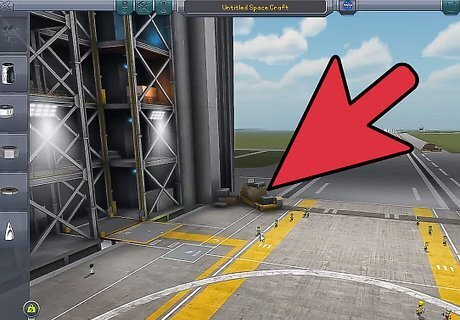
Design a ship capable of reaching orbit. Everyone has their own style of ship-building; where one persons rocket may have 20 elaborate stages, another players ship may only have two stages and still be able to get just as high an orbit. Try playing around with a few stock ships and ships from the forums. If you find a design you like, adapt it to suit your style and/or needs.
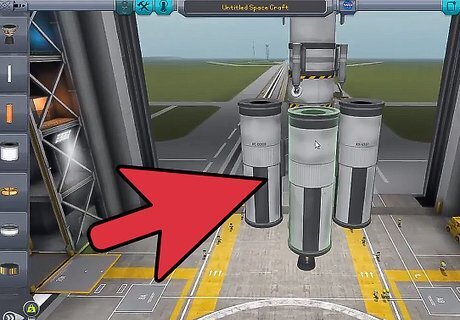
Try breaking the design down into 3 main stages or sections. The first being the boost stage. This stage is your least efficient stage with the most power and biggest rockets. The 'Mainsail' engine or the �LV-T45 for a small rocket would be perfect. Solid rocket boosters also provide high thrust but remember that you can't turn them off! Your transfer stage should kick in as you approach the 900m/s mark when you are almost tilted over towards the horizon. This will push your apoapsis up to around 70–100 kilometers (43–62 mi). Your third stage or orbital module should be used only to circularise your orbit and de-orbit and an LV-909 or Poodle engine attached to a small fuel tank (like the FL-T400 or X200-16) will be fine.
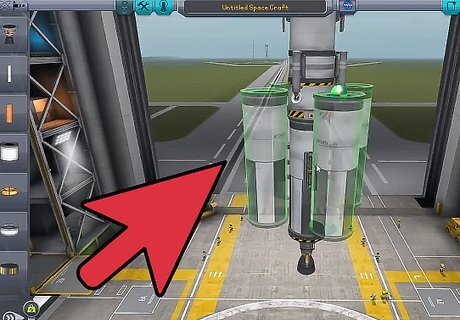
Keep 'Delta-V' in mind. 'Delta-V' means 'Change in velocity' and is measured in m/s. Your delta-V is linked with the fuel capacity, weight and efficiency of your rocket. You will need around 4500m/s (4700m/s with safety margin) Delta-V to get to orbit around Kerbin. To find how much Delta-V your rocket has, use this formula: (http://wiki.kerbalspaceprogram.com/wiki/Cheat_Sheet#Delta-v_.28.CE.94v.29)
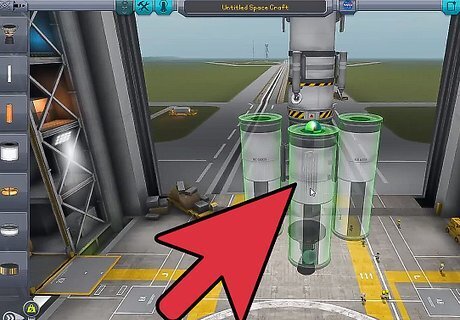
Get in the mindset. Ok, to do this you are going to need to think big. KSP is not for the faint of heart, It's a giant universe out there, get ready for it!
Launching Your Ship
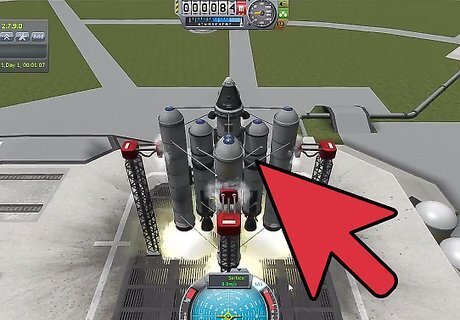
Launch your rocket. At this stage you simply want it to go straight up until you reach an altitude of 10 kilometers (6.2 mi) Consider turning SAS on and keeping your thrust at 2/3rds for lighter rockets. (depending on the weight of the rocket). Obviously, some rocket designs will require full thrust at launch, it is simply good practice to not exceed terminal velocity so that you don't waste fuel. Speed should be 120m/s at 1 kilometer (0.62 mi) and let it slowly increase
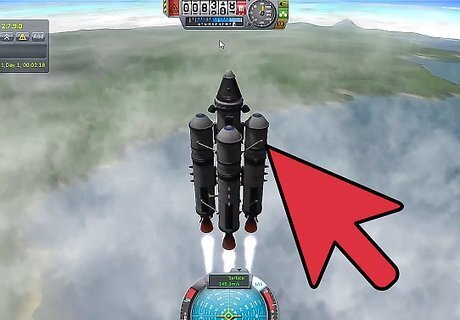
Perform your 'Gravity Turn'. The gravity turn is the manoeuvre that will start giving you lateral velocity. You will want to tilt over to about 45 degrees east(right), this angle will allow your craft to continue to rise into the skies while gaining that needed lateral velocity. It is always good practice to launch your rockets into an anti-clockwise orbit (an eastward gravity turn) as this will let the planets rotational velocity add to your orbital velocity.

Burn till your apoapsis>70 kilometers (43 mi). Your apoapsis is the highest point in your orbit and is marked in the map view by 'Ap'. you can hover over the marker to see its altitude or you can click on it to see it without having to hover over it. 70 kilometers (43 mi) is the altitude at which Kerbin's atmosphere ends, if your apoapsis is under this altitude, you will not be able to achieve a stable orbit as friction from the atmosphere will cause your craft to slow down and fall back to the rocky ground.
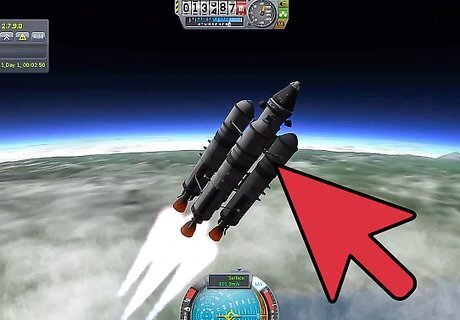
'Coast' till you reach your apoapsis. 'Coasting' just means 'hit the time warp!'. You will want to warp to your apoapsis for your next burn.
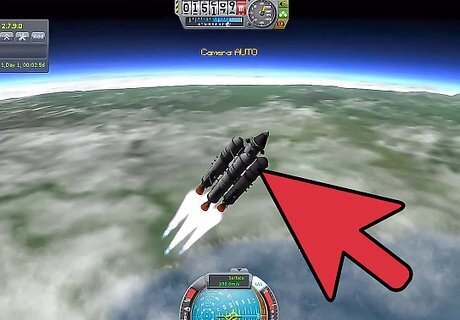
Perform your circularization burn. At this point you will be changing your sub-orbital trajectory into an orbital trajectory. You will do this by pointing 'Pro-Grade' and burning till your periapsis>70 kilometers (43 mi).
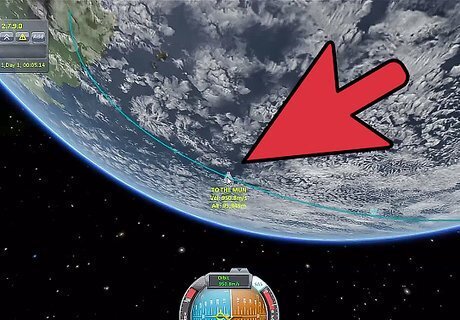
Enjoy the view! If you have followed these steps correctly, you should be looking at a rather round planet! Well done!
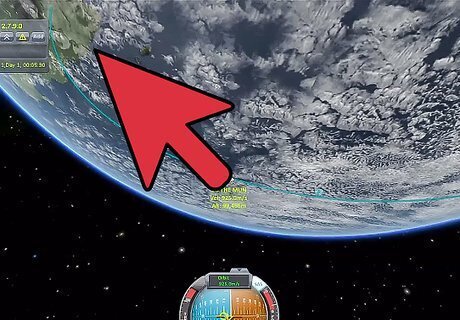
Remember to come back home, point the ship with WASD at the retrograde marker, the yellow circle with the cross through it(against your direction of travel) and burn until your periapsis is below about 20 kilometers (12 mi).



















Comments
0 comment